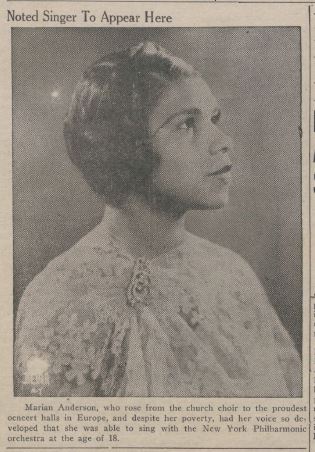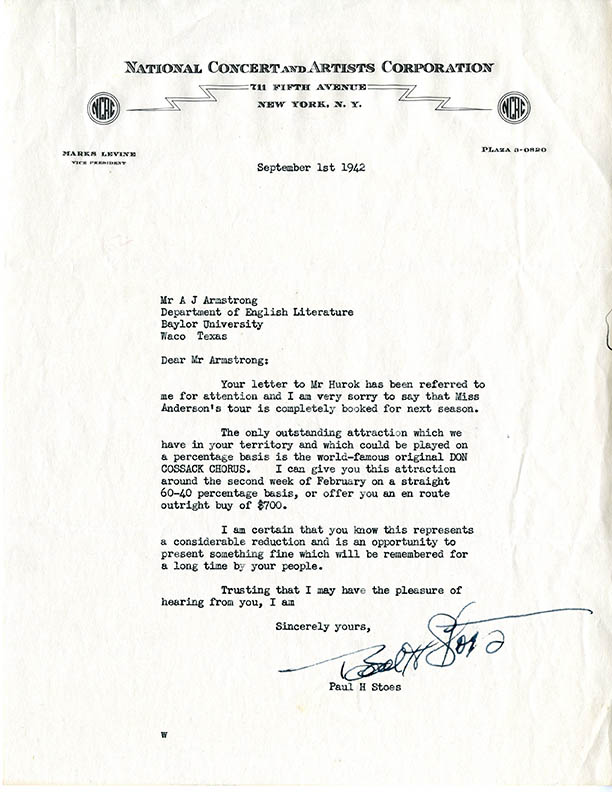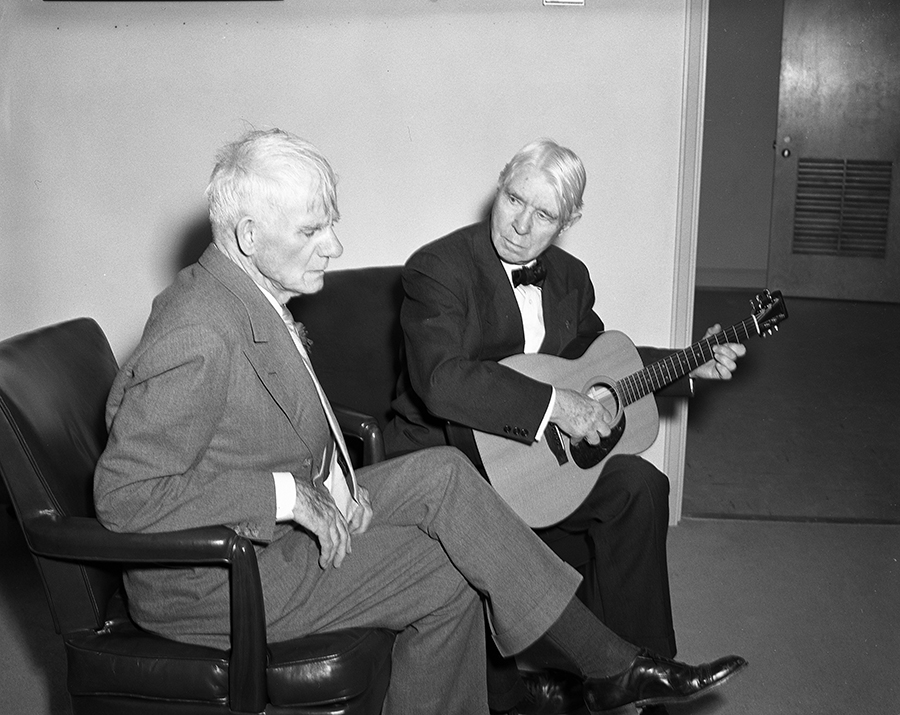
By Ellen Kuniyuki Brown
In honor of Women’s History Month, we’re taking a look back at Eleanor Roosevelt’s visit to Waco. This excerpted article by former Texas Collection archivist and associate professor emerita Ellen Kuniyuki Brown (MA ’75) was originally published in The Baylor Line in Spring 1999. Blogging about Texas periodically features “Looking Back at Baylor” and “Timeline” selections, with hopes of sharing this historical work with a new audience.
The same day Eleanor Roosevelt and her secretary, Malvina Thompson, left Washington, D.C., to begin a lecture tour of the Southwest, Waco and McLennan County Baptists heard a scathing denunciation of the first lady from Dr. C.Y. Dosey, a Dallas-based evangelist, at the First Baptist Church of Waco. After attacking Roosevelt for a comment she had made about social drinking, Dosey said he’d be glad when President Roosevelt leaves office “so that we can get rid of his wife as first lady.”
In the meantime, ticket sales were brisk for Roosevelt’s upcoming appearance at Waco Hall on Monday, March 13. Sponsored by the Domestic Science club, the event attracted a number of clubs and organizations from the city and surrounding communities. One of the largest groups to attend was the eleventh congressional district postmasters under the leadership of Postmaster Jim Pittillo. Arrangements were also made to have local young people present and to be introduced en masse to Roosevelt. In addition, Texas Lieutenant Governor Coke Stevenson invited state senators and their spouses to be his guests at the lecture.

The first lady’s Texas tour began in Beaumont on March 9 and included a quick series of stops at Fort Worth, Abilene, Dallas, and Sherman, where she had her first experience with a severe dust storm.
On her way to Waco, Roosevelt briefly stopped in Hillsboro to inspect the National Youth Administration (NYA) resident project for girls. Then she visited the NYA project at Rich Field in Waco, inspecting the new airport administration building and chatting with some of the working youth. Her next stop was the Girls Club at 613 South Ninth Street, where members of the state NYA advisory board had a “lively discussion” on youth problems with her. Roosevelt briefly described her NYA stops in Hillsboro and Waco in her subsequent “My Day” column.
Roosevelt’s visit to Waco in 1939 was the first full-fledged appearance in the city’s history by the wife of the incumbent president of the United States, and the Waco papers covered her Texas trip more fully than some of the larger metropolitan papers. In honor of her visit, Waco Mayor George Jones declared Monday “Our Day.” Baylor President and former Governor of Texas Pat M. Neff was given the honor of introducing Roosevelt to the nearly 2,500 Wacoans and central Texans gathered in Waco Hall that evening to hear the first lady’s presentation on “Peace.”
Roosevelt told the audience that “by working to make democracy work, we can make our most enduring contribution to the cause of peace.” She added, however, that we need to set “our own house in order” before we “seek a solution to the turbulence that threatens to engulf the world in wars.” After that, she said, we can endeavor to establish “some sort of international machinery where nations can feel free to gather and confer earnestly and trustfully on their problems without feeling the necessity of armed conflict because of those difficulties.”

She warned that “we must not go to sleep in our feeling of security over our democratic privileges,” and that “it is important that we do our duty for democracy every day we live if that freedom is to be preserved.”
During a question-and-answer session with the audience, Roosevelt indicated that she did not believe the League of Nations could be revived because of earlier objections to it and current distrust with the organization. She also addressed the dangers of propaganda, saying “the best defense against any sort of propaganda was the strengthening of our own knowledge and understanding so that we may recognize such attempts to influence our opinions, however cleverly they may be disguised.”
From Waco the first lady and her party boarded the 1:00 am train to Houston, where she toured a hospital project and spoke that evening. She also visited NYA sites in Hempstead and at Prairie View College. From Houston she traveled to Edinburg, Harlingen, and San Antonio, leaving Texas on Saturday, March 22.
A sidelight to Roosevelt’s visit to Waco is that two weeks later, on March 27, Marian Anderson sang in Waco Hall. Prior to her Texas tour, the first lady had resigned her membership in the Daughters of the American Revolution because the organization had refused to allow the contralto to sing in Constitutional Hall in Washington, D.C.
 (See a few more photos from Roosevelt’s visit in our Flickr set.)
(See a few more photos from Roosevelt’s visit in our Flickr set.)












